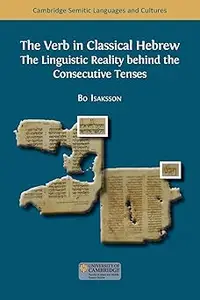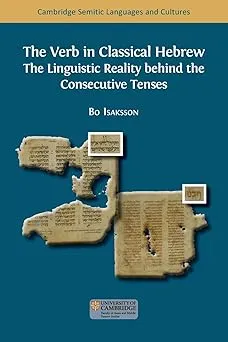Bo Isaksson, "The Verb in Classical Hebrew: The Linguistic Reality behind the Consecutive Tenses "
English | ISBN: 180511350X | 2024 | 752 pages | PDF | 7 MB
English | ISBN: 180511350X | 2024 | 752 pages | PDF | 7 MB
The consecutive tenses are fundamental in all descriptions of Classical Hebrew grammar. They are even basic to the textbooks on Biblical Hebrew. Being fundamental in the verbal system, and part of any beginner's grammar, they pose a serious problem to a linguistic understanding of the verbal system, since grammars describe an alternation of 'forms' or 'tenses' in double pairs: wayyiqṭol alternates with its 'equivalent' qaṭal, and wə-qaṭal alternates with its 'equivalent' yiqṭol.
This 'enigma' in the verbal system is handled in the book by recognising that the alternation of the consecutive tenses with other tenses, in the reality of the text, represents a linking of clauses. The 'consecutive tenses' are clause-types with a natural language connective wa- directly followed by a finite verbal morpheme, a type of clause that expressed continuity in the earliest stage of Semitic. The commonly held assumption that there is a special 'consecutive waw' is unwarranted. The use of the 'consecutive' clause-types in order to express discourse continuity indicates that Classical Hebrew has retained the old unmarked declarative word order of Semitic syntax. Seen in the light of recent research on the Tiberian reading tradition, the 'consecutive' wayyiqṭol can be analysed as a retention of the old Semitic past perfective *wa-yaqtul, which was pronounced wa-yiqṭol in Classical Hebrew. The 'consecutive' wə-qāṭal (pronounced wa-qaṭal in the classical language) constitutes the result of an internal Hebrew development into a construction (in the sense of Joan Bybee) already foreshadowed in the earliest Northwest Semitic languages.
Read more



